Lavender, with its captivating scent and vibrant purple hue, is not just a popular garden plant but also a key agricultural crop with significant economic value. Revered for its essential oils, medicinal properties, culinary uses, and ornamental appeal, lavender plays a vital role in the global aromatherapy, cosmetic, and pharmaceutical industries. As the demand for natural products grows, the global lavender industry has expanded considerably, with several countries emerging as leaders in production and export. This article offers a detailed comparison of the top lavender-producing nations and explores what sets them apart in this blooming global market.
The Global Demand for Lavender
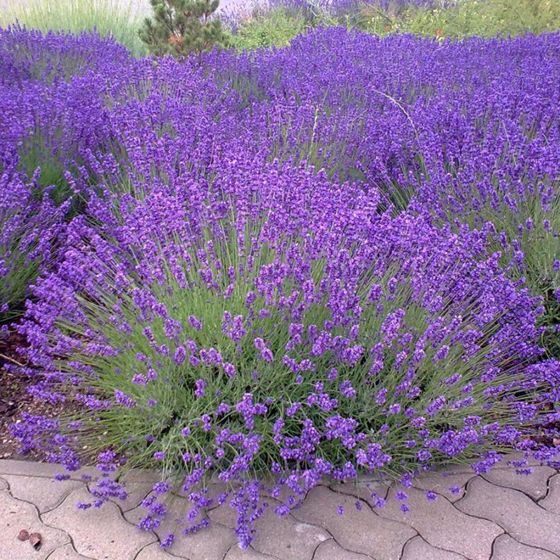
The lavender industry is valued at billions of dollars globally, driven by the demand for:
- Essential oils (used in aromatherapy, perfumes, skincare, and cleaning products)
- Dried flowers (for decorative, cosmetic, and medicinal use)
- Culinary applications (lavender honey, tea, and flavoring)
- Wellness and herbal remedies
The growing interest in organic and natural wellness products has made lavender one of the most sought-after herbs worldwide.
1. France – The Global Lavender Capital
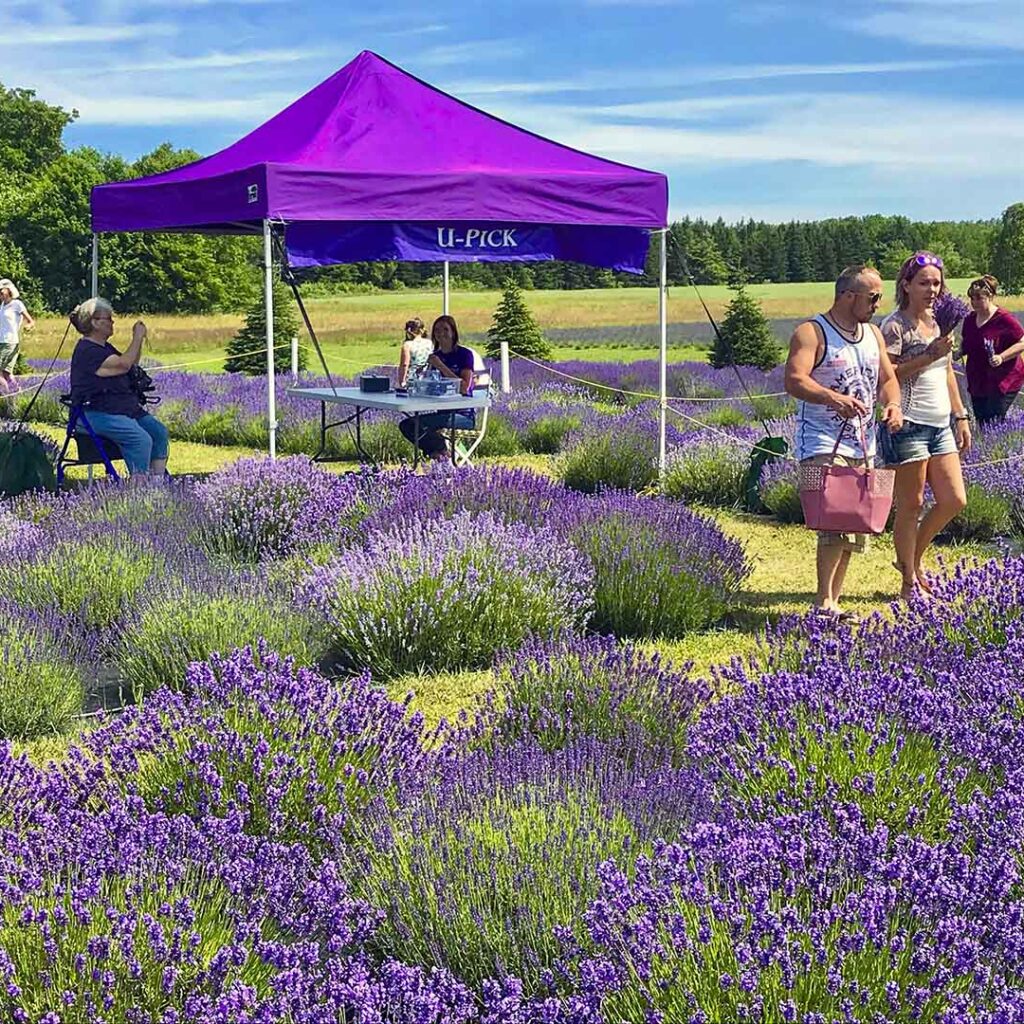
Key Region: Provence-Alpes-Côte d’Azur
Production Type: Primarily Lavandula angustifolia (true lavender) and Lavandin (hybrid)
France remains the undisputed global leader in lavender production, thanks to its rich tradition, favorable climate, and vast fields of purple blooms in the south.
Why France Dominates:
- Large-scale mechanized farms
- High-quality essential oil extraction
- Strong export markets, especially in cosmetics and perfumery
- Governmental and institutional support for sustainable agriculture
France produces over 1,000 metric tons of lavender essential oil annually, exporting to the U.S., Germany, the U.K., and Japan. The iconic lavender fields of Provence also boost agri-tourism, adding value to the economy.
2. Bulgaria – Europe’s Lavender Oil Powerhouse
Key Region: Kazanlak Valley (also known for rose oil)
Production Type: Lavandula angustifolia
Bulgaria has risen sharply in the past two decades and at times even surpassed France in essential oil output. It is now the largest lavender oil exporter in terms of quantity.
Strengths:
- Cost-effective production
- Excellent distillation infrastructure
- Suitable continental climate
- EU agricultural support and subsidies
With over 150,000 acres under lavender cultivation, Bulgaria supplies essential oils to perfumery and skincare companies across Europe and Asia.
3. India – A Fast-Rising Producer in Asia
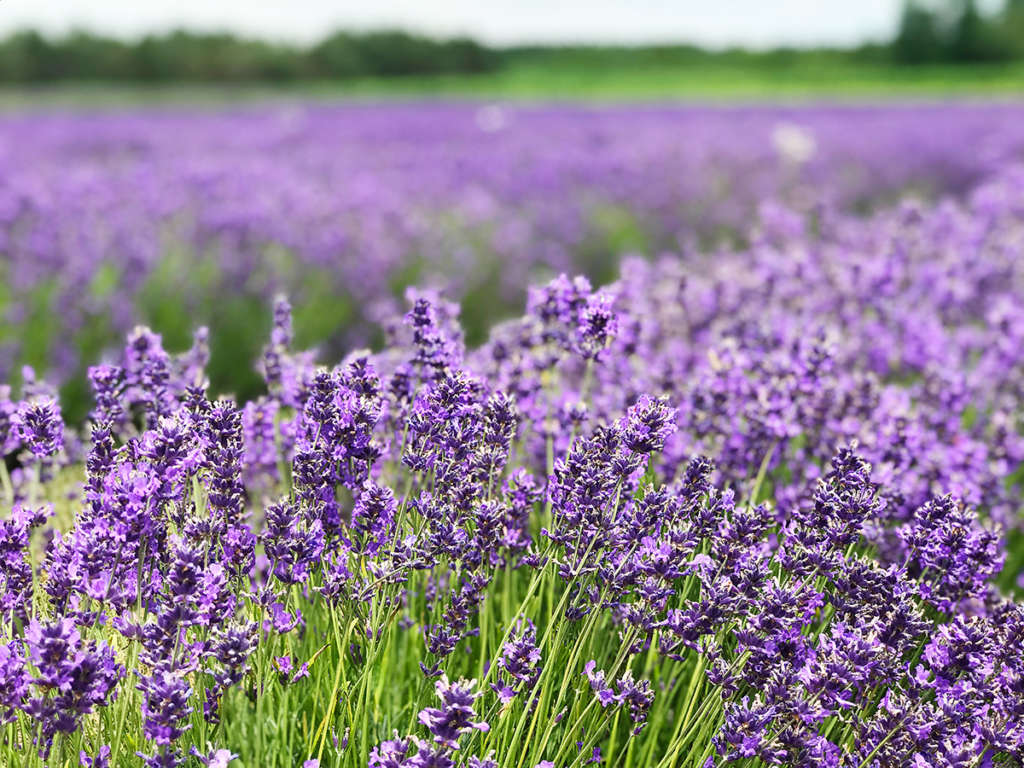
Key Region: Jammu & Kashmir, Uttarakhand
Production Type: Lavandula angustifolia
India is a relatively new entrant in the lavender industry but has shown exponential growth, especially under government-led programs such as the “Aroma Mission” by CSIR.
What Sets India Apart:
- Government-funded training for farmers
- Expansion in non-traditional zones
- Excellent climatic conditions in hilly regions
- Domestic and export demand for essential oils
India’s lavender production is still developing, but its potential to become Asia’s lavender hub is significant due to its focus on sustainable agriculture and rural empowerment.
4. China – Industrial Scale and Innovation
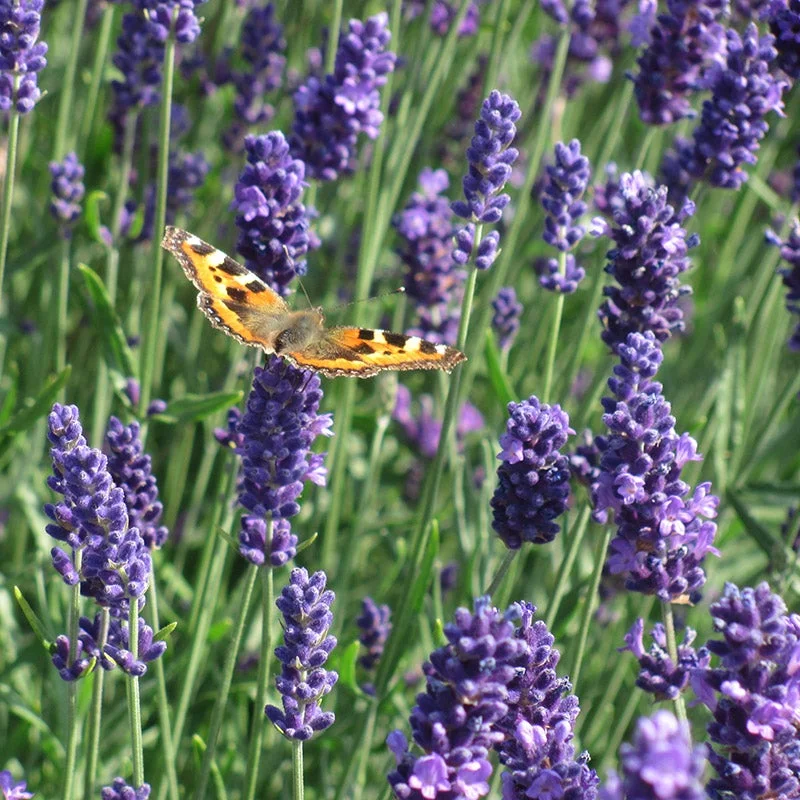
Key Region: Xinjiang Province
Production Type: Lavandula angustifolia
China is one of the top producers of lavender globally and has invested heavily in research and development in both lavender cultivation and extraction technologies.
Why China Is Important:
- Massive land availability
- Growing domestic demand for wellness and herbal remedies
- Integration with cosmetic and pharmaceutical industries
- Government-supported agricultural innovation
China’s lavender oil is mostly used domestically, but its export potential is growing as quality standards improve.
5. Australia – Sustainable and Boutique-Scale Farming
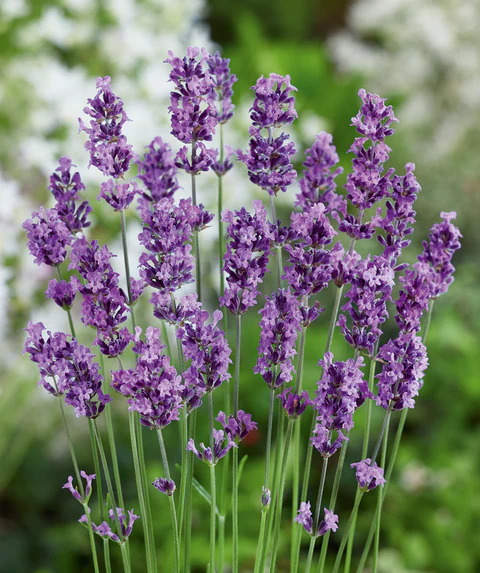
Key Region: Tasmania, Victoria, New South Wales
Production Type: Lavandula angustifolia, Lavandin
Australia has become a niche lavender producer focusing on high-quality, organic farming. Its clean, green image supports premium branding globally.
Key Features:
- Boutique and artisanal distilleries
- Strong tourism component (e.g., Bridestowe Estate in Tasmania)
- Use of sustainable practices and organic certification
- Export-oriented, particularly to Asia-Pacific markets
Though smaller in volume, Australia commands high prices for its essential oil due to purity and sustainability credentials.
6. United States – Niche and Expanding Market
Key Region: Pacific Northwest (Washington, Oregon), California
Production Type: Lavandula angustifolia, Lavandin
The U.S. lavender industry is still developing but is growing rapidly with rising demand for domestic essential oils and wellness products.
Growth Factors:
- Agri-tourism boom (e.g., Sequim Lavender Festival in Washington)
- Local distillation and farm-to-bottle branding
- Eco-conscious consumers
- Value-added products like candles, oils, lotions, and soaps
Though much of the U.S. market relies on imports, domestic production is gaining momentum with increasing awareness and support for small-scale farmers.
7. Spain – Traditional but Declining
Key Region: Castilla-La Mancha
Production Type: Lavandula latifolia (Spanish lavender)
Spain has a long history of lavender cultivation, especially the more camphor-scented Spanish lavender used in industrial and pharmaceutical products.
Challenges:
- Competition from cheaper producers like Bulgaria
- Water scarcity issues
- Decline in younger agricultural workforce
Despite these challenges, Spain continues to be a significant exporter of specific lavender types used for unique formulations.
Production Comparisons at a Glance:
| Country | Main Lavender Type | Est. Oil Production (Metric Tons) | Key Strength |
|---|---|---|---|
| France | True Lavender, Lavandin | 1,000+ | Premium quality, heritage |
| Bulgaria | True Lavender | 1,500+ | Volume leader, cost-effective |
| India | True Lavender | Growing (~100+) | Government support, low cost |
| China | True Lavender | ~500+ | Scale, innovation |
| Australia | True Lavender, Lavandin | ~50-70 | High purity, organic focus |
| USA | True Lavender, Lavandin | ~50-100 | Local branding, agri-tourism |
| Spain | Spanish Lavender | ~300 | Traditional use, niche markets |
Future of Lavender Farming
The future of lavender production is being shaped by sustainability, climate resilience, and innovation. Here are a few key trends:
- Organic Certification: Consumers now demand transparency and chemical-free products.
- Climate-Adapted Cultivars: New hybrid lavenders are being developed to tolerate drought and pests.
- Local Distillation Units: Empowering small farmers with access to oil extraction tools.
- Vertical Integration: Producers are now creating their own branded lavender products to capture more value.
Conclusion
From the sun-drenched fields of Provence to the valleys of Kashmir and the industrial farms of China, lavender is a truly global crop. While France continues to lead in quality and prestige, countries like Bulgaria and India are fast becoming serious players in terms of volume and innovation. As demand for clean, natural, and wellness-oriented products grows, the lavender industry will continue to flourish — rooted deeply in tradition yet evolving with modern market trends.
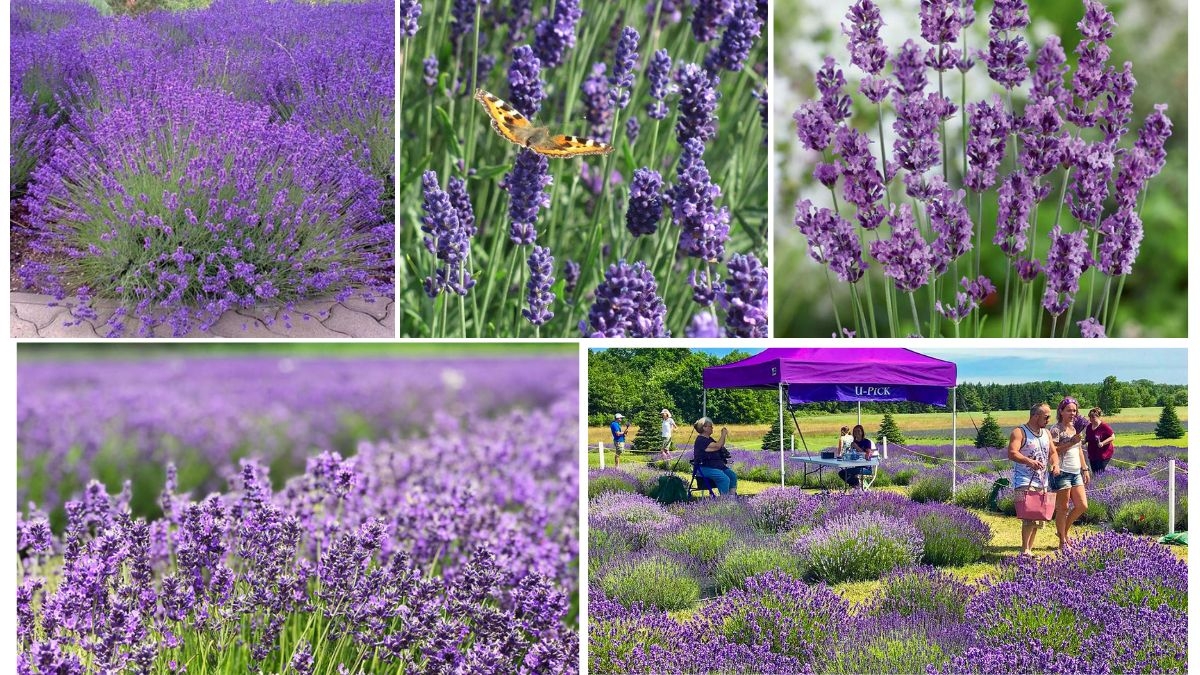

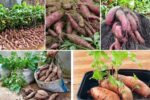


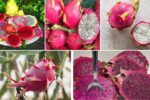
Leave A Comment